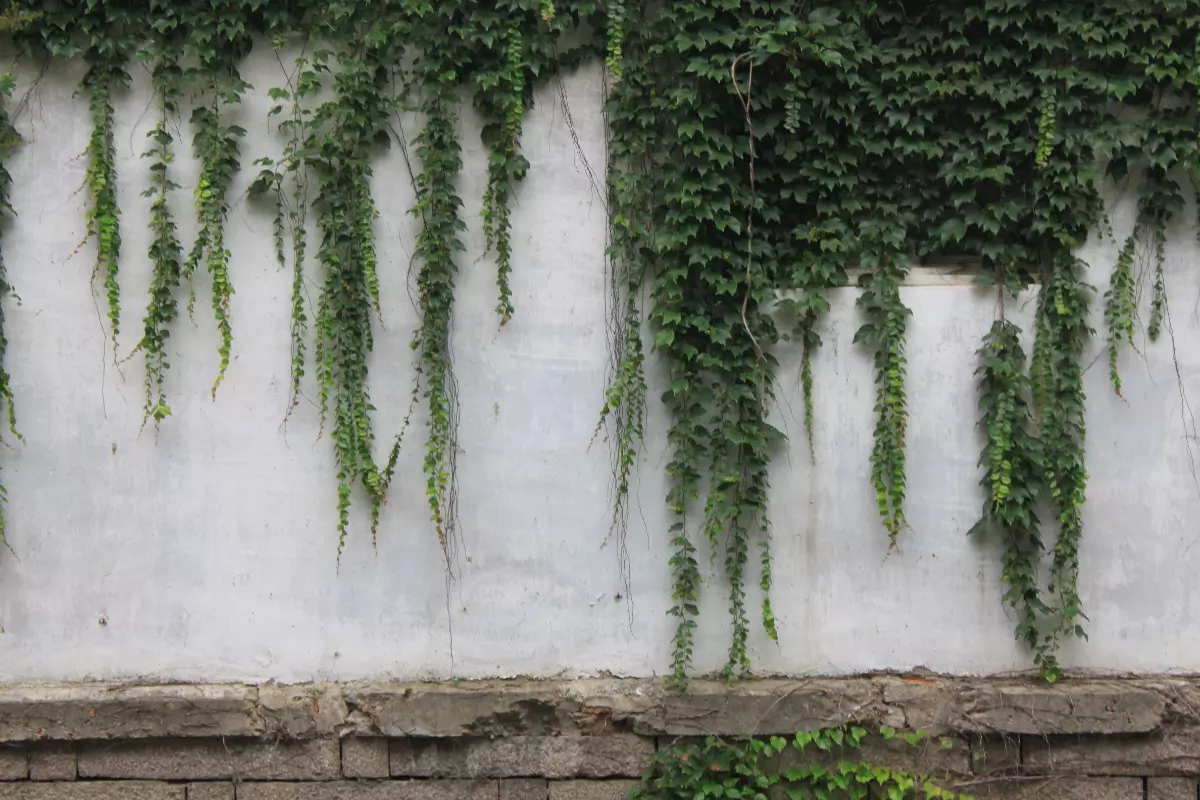How do you stop invasive plants from spreading? This article explores invasive plants to watch out for and how to control invasive plants.
How to stop the spread of Invasive Non-native Plants?
There are various ways to effectively prevent the spread of non-native invasive plant species, whether you prefer an organic or chemical method. Some helpful things to look out for include:
- Learn to spot invasive plant species in your area.
- Don't dig up plants in the wild (unless certain it's non-native and not-endangered)
- If you spot invasive plants on your land, you should remove them immediately, whether organically, chemically or through smothering.
- By planting trees and shrubs, you improve the food, shelter and root structure in the area. As well as minimising space for invasive plants to grow on.
Invasive Plants To Watch Out For
Japanese Knotweed
First introduced as an ornamental garden plant, this aggressive spreader can smoother anything in its path. Its network of persistent roots is known to weave its way along rivers, waterways and waste ground, creating a monoculture.
The roots are so strong they can easily break through pipes and drains underground and even pure Asphalt, with the roots likely to target constructed patio or front porch areas.
Appearance:
- Cream/White coloured Perennial flowers (up to 10cm)
- The average height is 2.1m (7ft), but it can grow up to 3m (9.8ft).
- Light green, heart or shovel-shaped leaves. Specks of red and purple.
- Deep-penetrating Rhizomes (adapted stems)
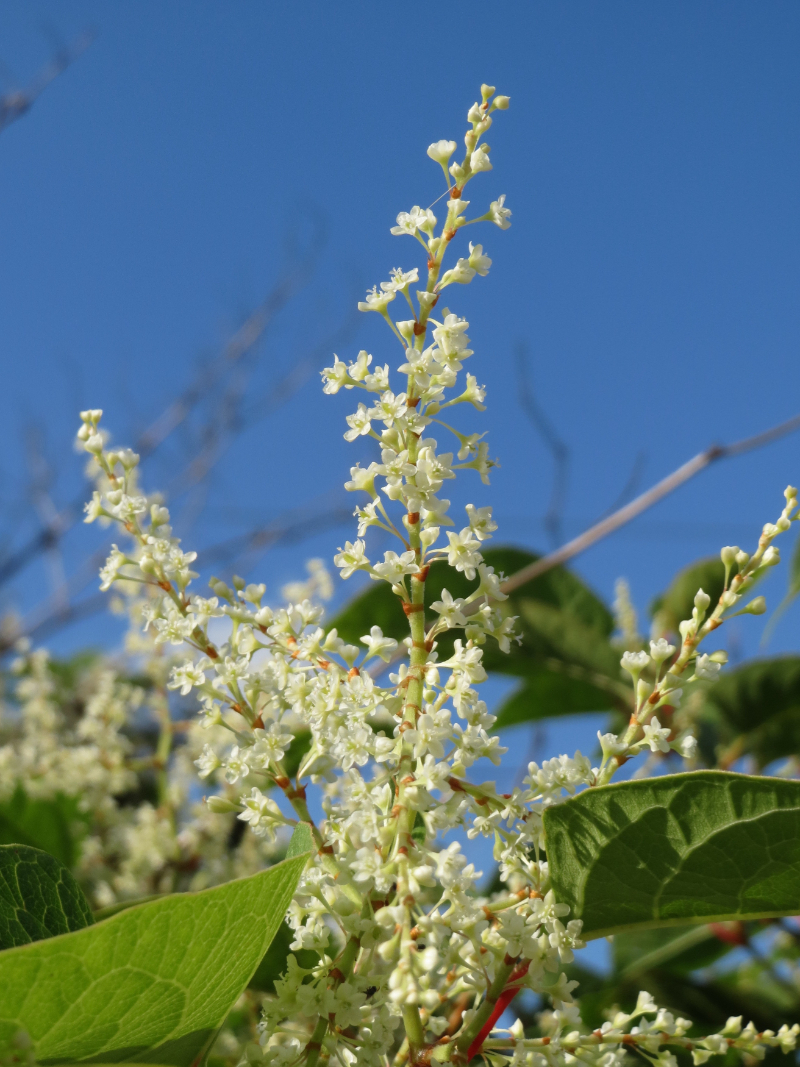

Chinese Wisteria
Although this non-native plant may look majestic with its cascading mauve and lilac flowers, it is an extremely vigorous invasive species.
The growing wisteria rapidly intertwines and climbs up anything in its way, with tendrils quickly becoming strong vines, including evergreen trees and shrubs. Chinese Wisteria can smoother and strangle foliage, trunks and branches, weakening the attacked plant.
Appearance:
- Can grow 20-30m long (over supporting trees)
- Shiny, green and pinnately compound leaves (10-30cm length)
- White, blue or violet flowers in 15-20cm racemes
- Thick vines, reaching up to 60ft (18m) long.
English Ivy
English Ivy is one of the best evergreen climbing and trailing plants for hanging baskets, however, this doesn't stop it from becoming incredibly disruptive.
The plant spreads by its system of aggressive, self-rooting stems and surplus of seeds, which are a favourite for birds. This invasive plant works its way up to the highest point to gain sunlight destroying anything in its path.
Appearance:
There are various types of English Ivy, each slightly varying in appearance, including; Golden Curl, Needlepoint, Goldchild and Ivalace, amongst others.
- Greenish-white, greenish-yellow flowers
- Perennial, evergreen climbing vine up to 80 feet high
- Stems are 4-5 inches long.
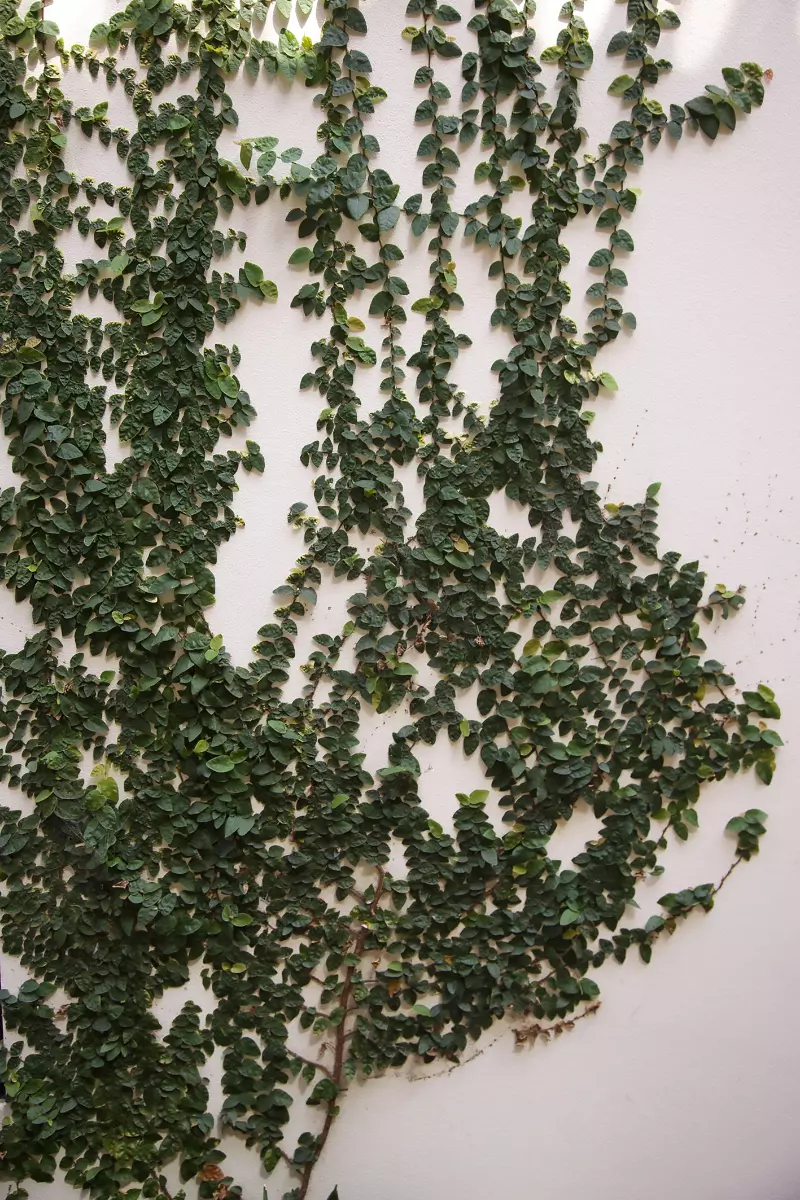
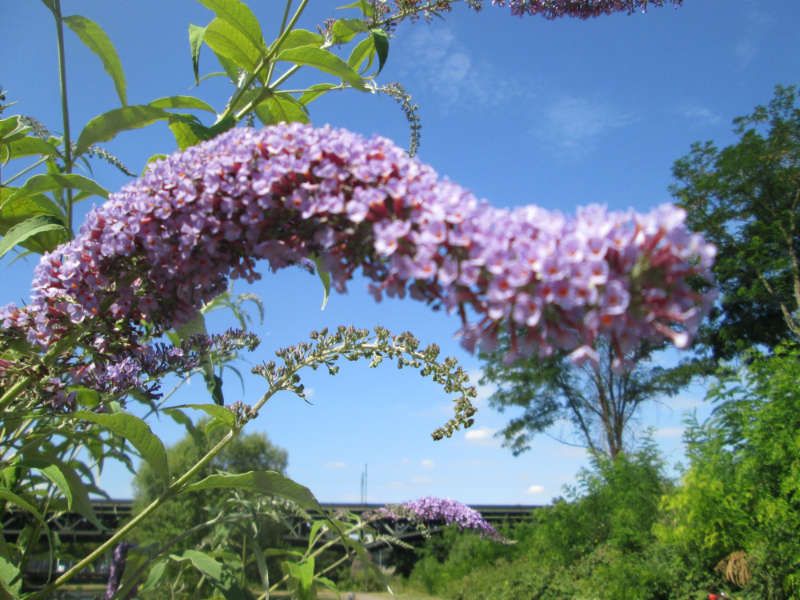
Butterfly Bush
This invasive plant was first used by gardeners to feed and encourage butterflies and hummingbirds into the area. Yet, it now has the reputation as one of the most aggressive invasive plants in the Pacific Northwest.
The bush is a quick seed spreader, quickly overtaking well-drained and sunny areas, overpowering many of the native plants and ruining local ecosystems. You're likely to see this invasive species in wastelands like abandoned mines or railroads.
Appearance:
Again, there are a few different types of the Butterfly Bush, with their size, flowers and level of invasiveness varying with each.
- Long, drooping panicles and conical flower clusters bloom (shades of purple, white, pink, and orange)
- Can grow up to 12ft in height, with dwarf versions maintaining 2-4ft
Japanese Honeysuckle
Spreading across the ground or winding up trees, this climbing invasive species can smother almost anything in its way.
Japanese Honeysuckle has a plethora of seeds and aggressively spreads using its self-rooting system. The invasive species thrive in the shade or sun and is often found along the US East Coast.
Appearance:
- Tiny white fragmented trumpet-shaped flowers
- Height of 15-30ft (4.6 to 9.1m)
- Opposite oval leaves (3-8cm long & 2-3cm wide)

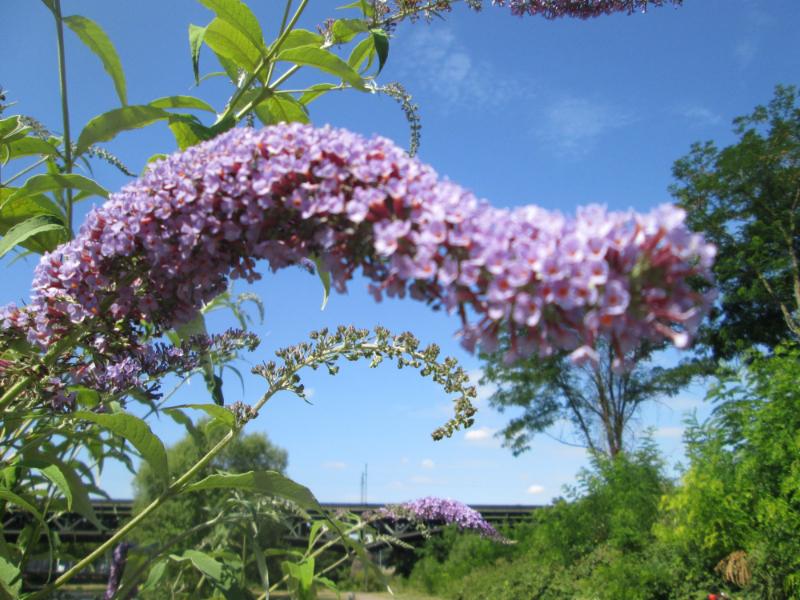
Japanese Barberry
Japanese Barberry is a deciduous shrub with thick thorns along the stems for defence, although this doesn't stop birds from eating the fruits and unintentionally spreading the plant further.
It is often used in gardens as a boundary plant owing to its dense and easily trimmed nature, although it can rapidly monopolise deciduous forest floors.
Appearance:
- Orange-Red Berries
- Height of 5ft (1.5m)
Kudzu Vine
This vine is extremely aggressive and can smother native plants easily, as well as break-even mature tree branches owed to its weight.
Kudzu vine was originally used to shade porches in US southern plantations, but it quickly spread using various methods; seed dispersion and sprawling rooting systems. The plant can quickly engulf anything from whole forests to man-made structures (houses, signs etc.)
Appearance:
- Woody, slightly hairy vines up to 18m (60ft)
- Long racemes with reddish-purple flowers
- Flat, hairy seed pods
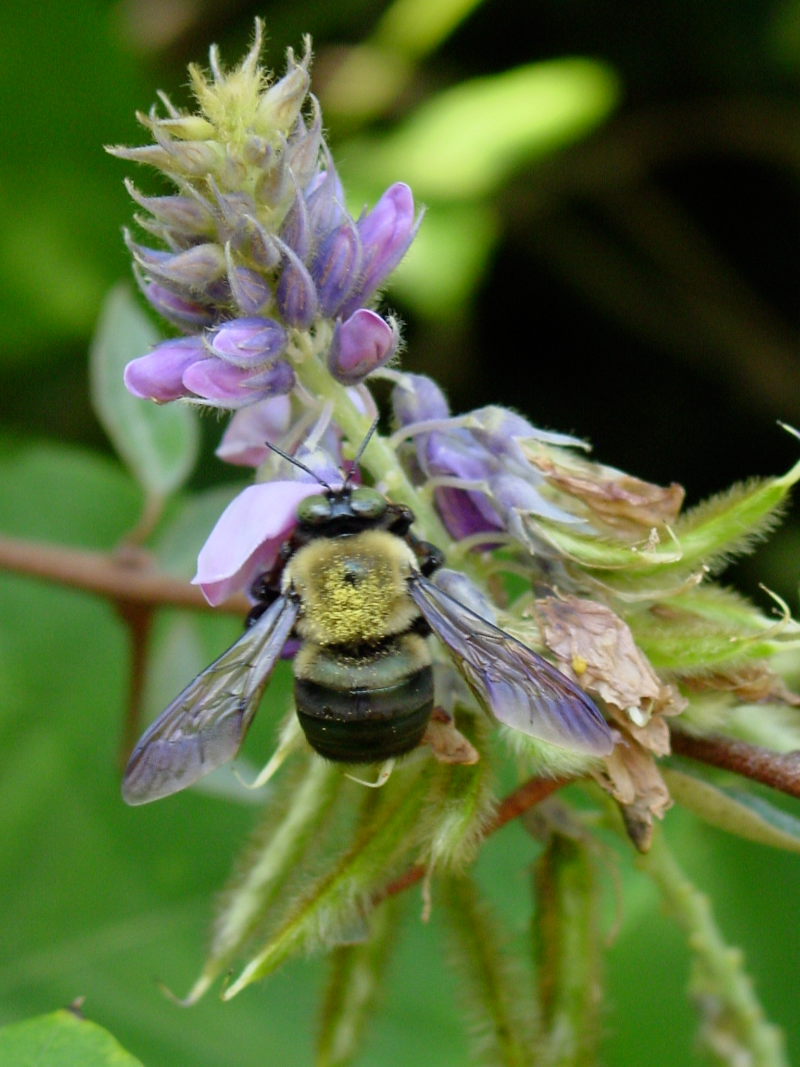
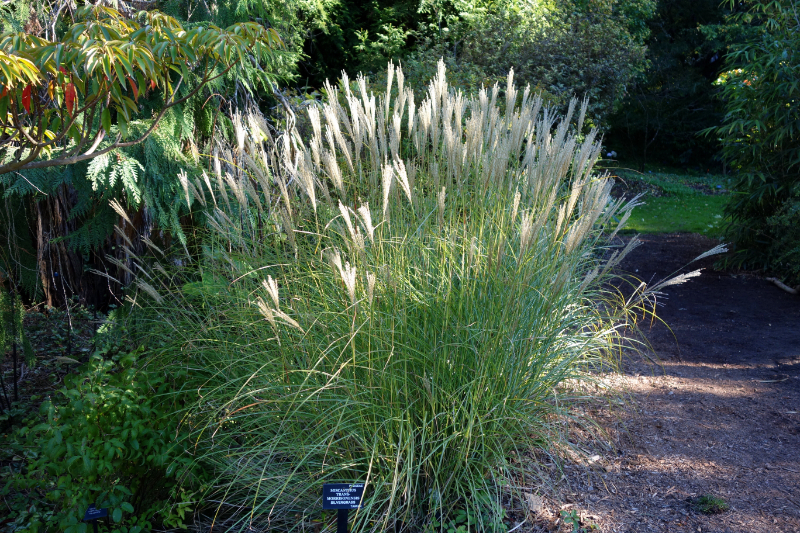
Chinese Or Japanese Silver Grass
This once adored perennial plant is now regarded as an incredibly invasive species, known to colonise any disturbed grounds (forest edges, roadsides or old fields).
Chinese/Japanese Silver Grass spreads easily via its network of extensive roots and rhizomes, as well as its self-seeding nature. The grass is incredibly flammable, and wildfires are much more likely in monogamous dry, grassy areas.
Appearance:
- Huge, dense clumps (up to 12ft high)
- Tassel-like flowers (silver, pink and rustic coloured)
- Tall blades of the grass arched over
Winter Creeper
Winter Creeper is a robust vine known to invade forest openings, spread seeds across the ground and climb up trees by clinging to the bark.
Its vigorous root system can survive in poor quality soils and the sun or shade. Native plants can quickly be starved with low-growing varieties.
Appearance:
- Can grow up to 40 to 70 feet (12-21 m.)
- Glossy, dark green leaves (1-3 inches long) (2-7cm)
- Tiny green flowers become long-lasting small berries for birds
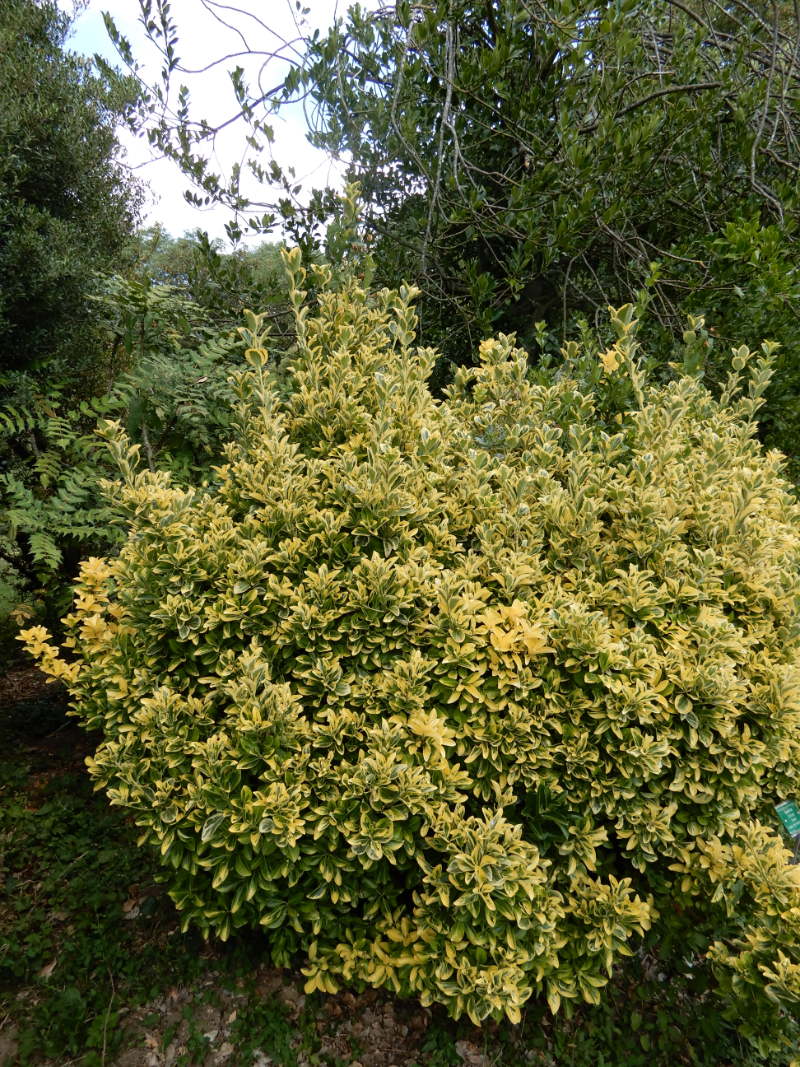
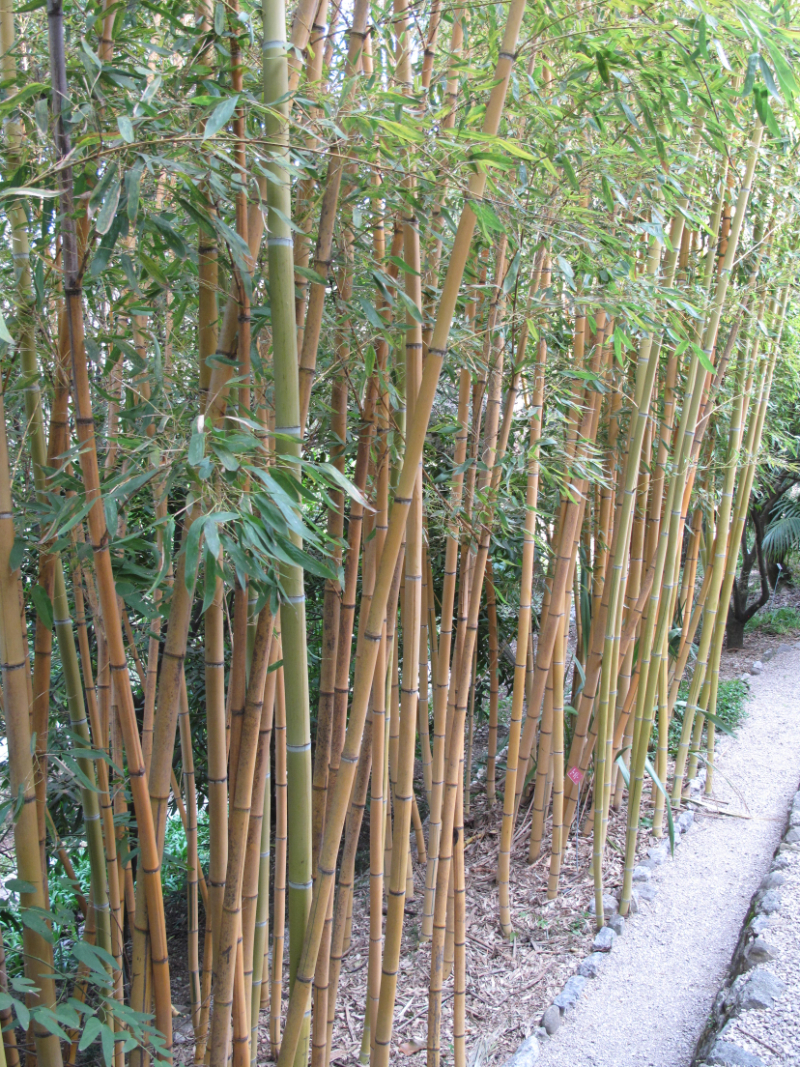
Running Bamboos
There are two kinds of bamboo; clump-forming and running bamboo. The first rarely becomes uncontrollable whilst the latter will send out unstoppable shoots that can even break through concrete and asphalt!
It was first introduced as an ornamental plant, adored for its exotic look and is still widely sold even though some varieties are classed as invasive and they can cause extensive damage.
Appearance:
- Height of up to 30ft (9.1cm) or more
- Pale yellow to almost white
- Uniform, straight growth
How to Control Invasive Plants - Hand Weeding
Annual weeds and perennials without rhizomes are easily pulled up by hand. However, the same technique can have the opposite effect on a rhizomatous plant as a small amount of plant fragment can rapidly grow into a whole new plant.
Should Invasive Plant Species Be Eliminated
Pulling out one plant can sap off several rhizomes, which can then seed. Rototiller's simply spread rhizomatous weeds further, with hoeing and cultivating not working much better.
When pulling up plants, even with rhizomes, you should sift the entire section of soil, allowing you to notice even the smallest of rhizomes leftover. This is a lot of work, but for smaller gardens with a targeted area, it can work well.
After removing any plant, ensure you dispose of it properly.
Using chemicals can be detrimental to surrounding native plants, wildlife and biodiversity, yet it's the easiest way to kill any kind of plant. However, non-native plants with invasive rhizomes are often immune to herbicides, so spraying them simply weakens the plant and does not destroy it.
To reduce problems caused by herbicides, use a paintbrush to apply the herbicide instead of spraying it over an area, ensuring direct contact with the targeted plant.
Almost every plant requires some sunlight to grow and thrive, so a simple organic solution would be to shade or smother the plant. The easiest way to do this is to use a large black plastic tarp or DIY it with any materials that block the sun.
Be aware that some geotextile weed barriers are slightly transparent and let some light through. Leave the tarp in place over the growing season using blocks to hold it down; some may require multiple seasons in the dark.
To save surrounding plants, you can remove an invasive plant with selective pruning. Simply cut the foliage of the plant down at the start of the season, as this prevents the plant from collecting as much energy.
Expectantly new shoots will appear, and continue to cut them back... again and again, and again. Cut shoots as soon as you see them limit photosynthesis, and over time growth will be stunted. Although this method works great, it does take a lot of attention and effort searching for shoots.
If you'd rather stop the growth of an invasive plant rather than eliminate it, you can use in-ground barriers in the soil to prevent rhizomes from crossing over. A simple way to do this is to cut the bottom of a bucket out to help with drainage, sink it deep into the soil and plant the invasive species inside. Remember, this won't stop seed spreading from birds and other animals.
Plants with deeper rhizomes can escape almost any barrier, so don't try to control them. Commercial products are available to use as a barrier in plants with deep rhizomes, these 'rhizome barriers' or 'bamboo barriers' are semi-rigid plastic films that insert up to 2ft into the ground.
Do you have a Japanese Knotweed problem? If you require Japanese Knotweed Removal in Essex or throughout the UK, contact our expert today.

